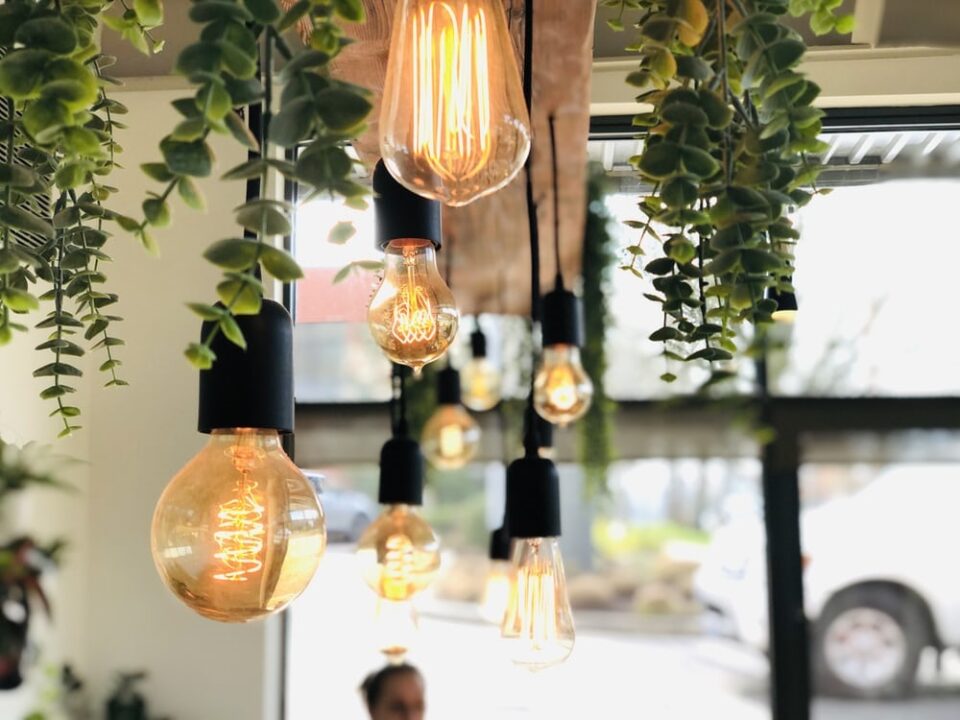Many people underestimate the power of lighting. What they don’t know is that lighting is one of the most important design aspects. The type of fixtures you choose, where you decide to locate them, as well as the color of your lights, are all things that can change how your home looks and feels. Read through this article for 6 tips on how you can choose the right lighting for your house.
1. Different Types of Lighting
You can’t choose the right lighting for your home if you don’t know the different types of lighting, to begin with. There are three main types of property illumination. These are accent light, task light, and ambient lighting. The chances are that you’ve heard one of these terms before, but never understood what role it played. You can think of each type of lighting as a distinct layer. Ideally, they all come together to illuminate a room.
Each type of layer serves a certain purpose. Accent lighting is used to “accentuate” or draw attention to a certain object or aspect of the room. For instance, if someone has a bookshelf, they’d use an accent light to call attention to it. Task lighting, as you can infer from the name, is used to light up a certain area in the room where you normally carry out your tasks. This could be a light strip that you use to illuminate your cabinets or the counter space in the kitchen, a desk lamp, or a night reading lamp. Ambient lighting is typically soft light that illuminates an entire room. This could either be a ceiling fixture or a floor lamp.
The first step of planning your home’s lighting is finding out which types of lighting you’ll include in each room. Do you have any artworks that you want to draw attention to? Do you carry out important tasks in specific areas of the house?
2. Home’s Architecture
How your home is structured affects the way light spreads. This means that it dictates how many light fixtures, as well as the light intensity, you need. If you have a tall ceiling, as opposed to a basement, ambient lighting will not be enough. Don’t forget to consider the amount of natural light that each room has access to.
3. Space Usage
When planning how you will light up each of your rooms, you must think about how you regularly use each space. Think about the lights that you first see when you come back home. Do you normally have your outdoor LED wall pack switched on? Which lights do you switch on when you walk into your home? Which lights do you switch on first thing in the morning? If you have guests over, where do you plan on hosting them? What is the mood that you want to set for your guests? When you come back after a long day from work, do you want to relax in soft, warm lights? Are you planning on dedicating an area for your work, studies, or reading? You need to imagine living in your home, even if it’s still under construction, to find out which lights are right for you.
4. Take It From the Top
In most cases, the best way to go about your home’s lighting is by considering your ambient lights first. Every room needs one ambient light, if not more, which makes this type of illumination the most common in your home. After you determine where you will be placing your ambient lights, you need to think about your accent and task lights. Many people prioritize task light fixtures, as they are essential in some cases. However, keep in mind that it’s easier to add or change task lights later on, in relevance to the rest of your decor and lights.
5. Get to Know the Jargon
Kilowatts and watts are not of much help when it comes to purchasing light bulbs. This task requires an understanding of life hours and lumens. Lumens are basically a unit of measurement for the amount of light that a lightbulb produces. For example, a 40W light bulb and 500 lumens are nearly as bright as each other. The life hours of a lightbulb signify its average lifespan. When purchasing light bulbs that you plan to switch on most of the time, you need to consider the life hours.
6. Energy-Efficiency
Your lights add up quickly to take up a large portion of your energy bills. Choosing energy-efficient lighting options, such as CFL or LED lighting can prove to be beneficial. They will last you longer and save you money.

Besides being a source of illumination, the lighting you choose can affect your energy levels, productiveness, mood, appetite, and creativity. This is why planning every aspect of your home’s illumination is quite important. After reading this article, you now know how to choose the right lights for your home.

